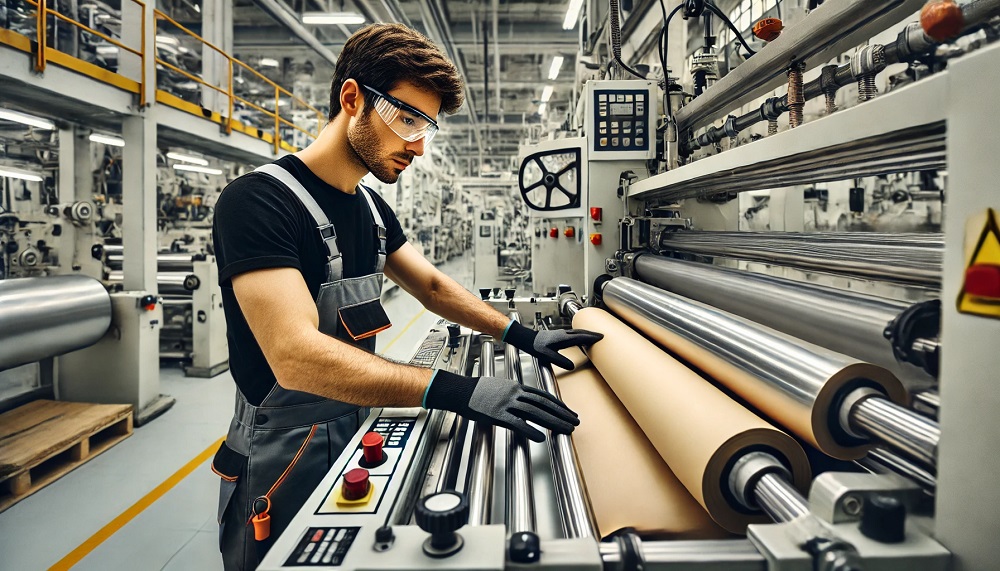
Laminators are office and industrial instruments used to protect documents and give them a neat appeal. By applying a plastic cover, they make it easier for paperwork to retain its excellent condition for larger parts. This article overviews what a laminator is, its types, how it operates, and how to purchase a laminator that suits your needs.
What Is A Laminator?
A laminator is a device that heat seals a thin plastic film covering paper-based items, offering a protective layer. It also shields the products from degradation due to exposure to hands, deterioration due to the effects of moisture, and wearing out with time. These are some of the advantages that one is likely to enjoy from laminating documents: adding colour, making the documents presentable, and creating a wipe-clean surface where one can use a dry-wipe pen. Laminated documents are not only durable but also more visually appealing.
Types Of Laminators
There are three main types of lamination: film lamination, pouch lamination, and cold lamination.
Film Laminators
Film Laminators operate with two different layers of laminating film and take in the top layer into the machine itself. The document is placed on the bottom layer and run through the machine, and the hot rollers align and embed the upper layer. These laminators are versatile and offer large-volume production as well. They are ideal for processing multiple items quickly but more expensive and complex to operate.
Pouch Laminators
Pouch laminators are the most popular in office settings. These machines require the document to be inserted into another clear plastic pouch mounted with a sticky side. The pouch is fed, and hot rollers press the two layers together to form a sealed document. The machine is then heated to the optimum temperature. Office pouch laminators are easy to operate, cheap, and perfect for everyday use in the office.
Cold Laminators
These are intended for items that cannot be exposed to heat. For instance, vinyl, carbon copies, and particular photographs. These machines apply pressure to enclose the document in an adhesive plastic pouch. While they are usually smaller and more affordable, the pouches within the cold laminator vary to be relatively more expensive than those of hot laminators.
How Do Laminators Work?
Laminators utilize a heat and pressure mechanism based on a plastic cover inside. In pouch laminators, the document is inserted between the loose BOPP plastic films or in a lamination pouch. The adhesive on the plastic surface is heated, and the rollers apply pressure on all sheets to form a protective coat.
Contemporary laminators can be equipped with options such as temperature adjustment and reverse feed detection that should facilitate the proper handling of different kinds of documents and their thickness. Heated machines can also have several rollers, which could give them a more polished exterior.
How Do You Select The Laminator That Will Meet Your Needs?
When choosing a laminator, consider the size of the item, frequency, and the type of items mostly to be laminated. If office use is involved, a pouch laminator will be sufficient. However, if you are laminating many documents or if your documents are in large format, you should consider a film laminator. When laminating confidential documents, it’s best to use a cold laminator.
Conclusion
Laminators are helpful gadgets that save and preserve works concerning their functionality, giving them a more attractive appearance. By knowing the kind of laminators and how each operates, you can identify and select a perfect laminator for the task. From office and recurrent use to industries to even delicate products, there is an appropriate laminator to serve you. Choose wisely and get the advantage of well-protected and well-finished documents.

